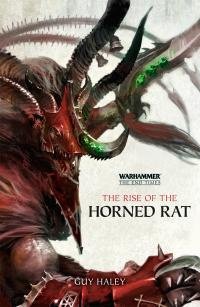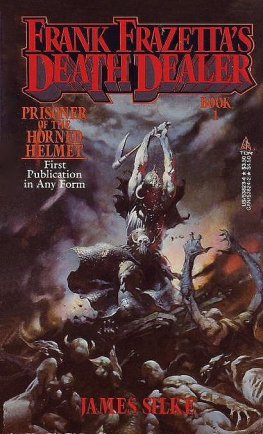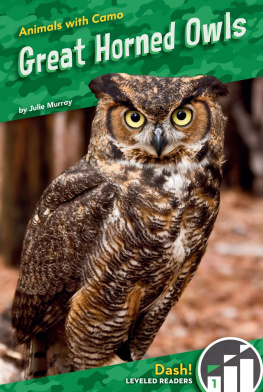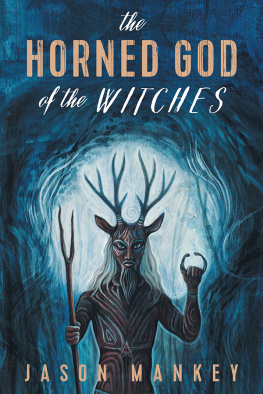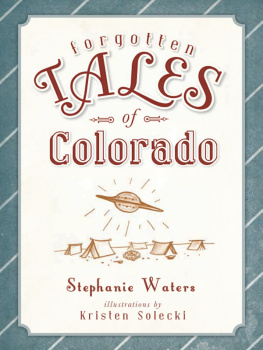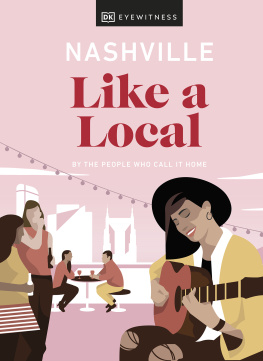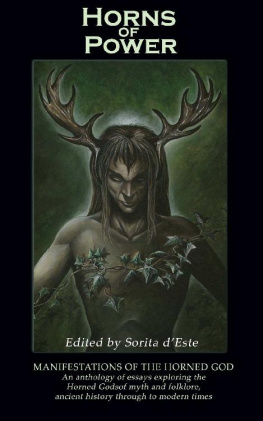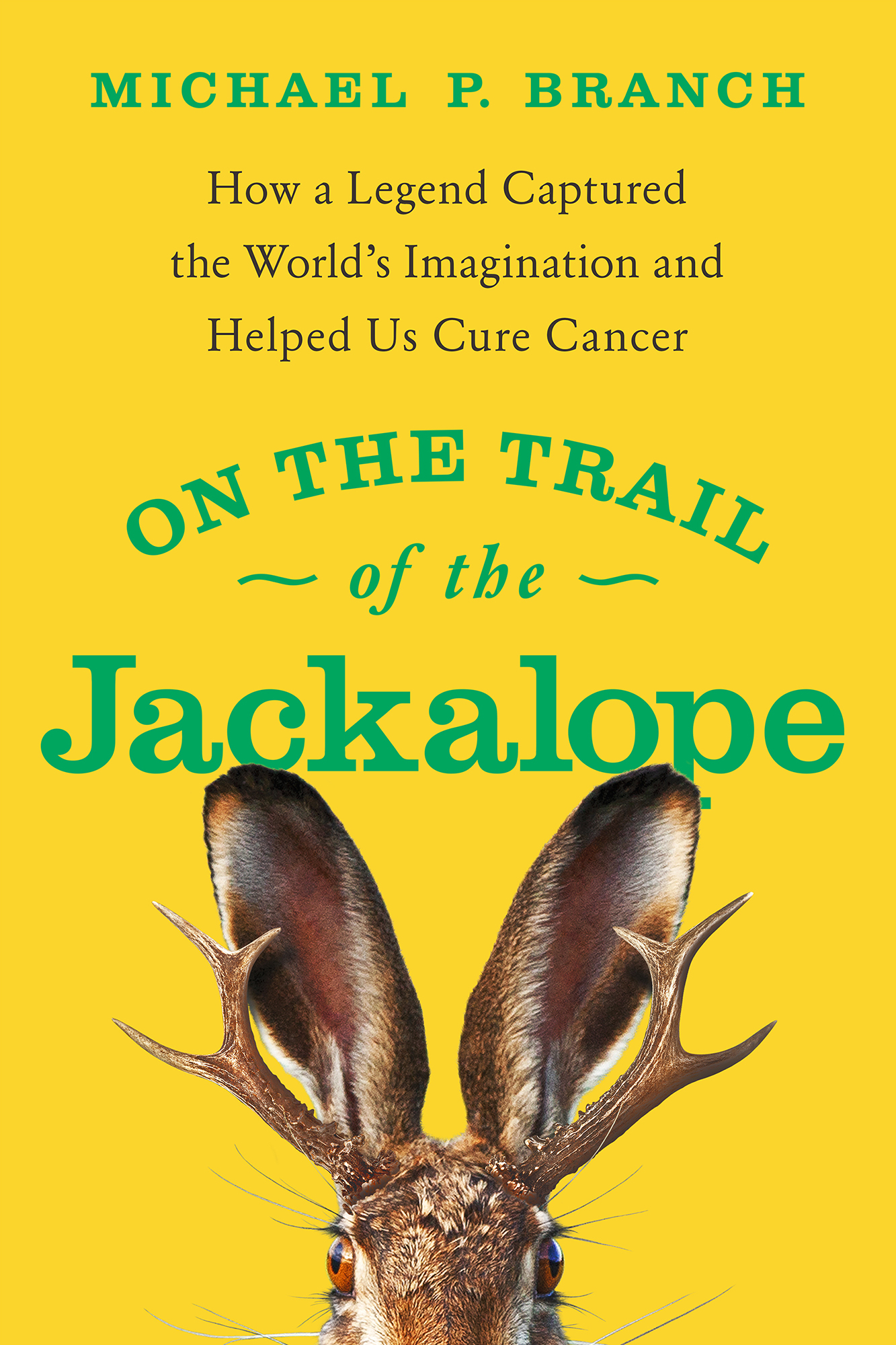Contents
Guide
Michael P. Branch
How a Legend Captured the Worlds Imagination and Helped Us Cure Cancer
On the Trail of the Jackalope
ON THE TRAIL OF THE JACKALOPE
Pegasus Books, Ltd.
148 West 37th Street, 13th Floor
New York, NY 10018
Copyright 2022 by Michael P. Branch
First Pegasus Books cloth edition March 2022
Interior design by Maria Fernandez
Jacket design by Derek Thornton / Notch Design
Art courtesy of Shutterstock
All rights reserved. No part of this book may be reproduced in whole or in part without written permission from the publisher, except by reviewers who may quote brief excerpts in connection with a review in a newspaper, magazine, or electronic publication; nor may any part of this book be reproduced, stored in a retrieval system, or transmitted in any form or by any means electronic, mechanical, photocopying, recording, or other, without written permission from the publisher.
Library of Congress Cataloging-in-Publication Data is available.
ISBN: 978-1-64313-933-3
Ebook ISBN: 978-1-64313-932-6
Distributed by Simon & Schuster
www.pegasusbooks.com
For Eryn
again and always
I dont see whats so impossible about chasing two hares at once.
Anton Chekhov
Hallo, Rabbit, he said, is that you?
Lets pretend it isnt, said Rabbit, and see what happens.
A. A. Milne
Ideas are like rabbits. You get a couple and learn how to handle them, and pretty soon you have a dozen.
John Steinbeck
The truth is a rabbit in a bramble patch. And you cant lay your hand on it. All you do is circle around and point, and say, Its in there somewhere.
Pete Seeger
Peoples dreams are made out of what they do all day. The same way a dog that runs after rabbits will dream of rabbits. Its what you do that makes your soul, not the other way around.
Barbara Kingsolver
Authors Note Down the Rabbit Hole
I wish I could say exactly where I was when I first saw a jackalope. I was just a kid, and my initial response to the odd bunny was grinning fascination. I recall wondering if the animal was realand hoping like hell that it waswhile also realizing that, even if it wasnt, something wonderful was before my eyes. What charmed me most was the way the hybrid horned rabbit crossed boundaries, refusing to be either this thing or that thinga form of resistance any kid struggling to navigate the adult world can appreciate. It also seemed to satirize the genre of the hunting trophy mount, a form of nature commemoration that, even as a boy, I had difficulty comprehending. The jackalope struck me as inherently playful, at once cute and funny, but still out to fool you if it could. Like all good humorists, the jackalope always keeps a straight face, taking itself seriously no matter how much it might make us laugh. The antlered bunny is a comic, to be sure, but he is pure deadpan.
Since my boyhood introduction to the jackalope, my appreciation for this bizarre creature has deepened immeasurably. The jackalope is now ubiquitous in American culture. Everywhere I travel I see jackalope mounts, jackalope kitsch and art, bumper stickers and postcards, beer and whiskey, bands and songs, teams and clubs, bars and restaurants. Unlike many other widely disseminated cultural phenomenathink Disney herenobody owns the jackalope, and no corporation or person is entitled to control its production, distribution, consumption, or interpretation. The jackalope is like a plant whose burr catches on your sock and hitches a ride to its next home, only the plant is comic folk art and its burr instead catches your imagination, convincing you to blow ten bucks on a jackalope shot glass that you cant help but bring home. Anyone who has bought a Save the Jackalopes T-shirt, stuck a stamp on a tacky jackalope postcard, or shared a funny jackalope image on social media has unwittingly been a vector of the horned rabbits viral transmission. The jackalope doesnt have a marketing department but it has no trouble getting around. Because the jackalope also migrates through narrative, I meet plenty of people who claim to have seen one and will regale me with extravagant stories that are always worth the price of a pint. As a storyteller myself, what I love about the jackalope is that there is such a rich story behind it, and yet more layers of narrative behind even that story still to be discovered.
Once endemic to the American West, the jackalope has spread far beyond its home range and now inhabits the broader culture. Embodying animal hybridity in a fascinating, comical way that tests credulity, generates legends, and captivates the imagination, the irresistible horned rabbit is a beloved staple of popular culture, folklore, and humor around the globe. But the jackalope is much more than an article of iconic kitsch. Its connection to horned hares in nature leads us beyond hoax, humor, and folk narrative into a scientific quest to save human lives by understanding the viruses that cause growths on rabbits and cancers in people.
I am seeking the real story behind the strangest, funniest, most weirdly appealing animal ever invented. I have been obsessed with this little beast for two decades, and I have at last committed myself unconditionally to its discovery. As a result, I am about to go down a fascinating rabbit hole. I am on the trail of the true tale of the jackalope. My quest is to understand how a peculiar horned rabbit born of the inventiveness of a couple of kids in Depression-era rural Wyoming ended up capturing the worlds imaginationand how the study of its real-life counterpart, the horned hare, resulted in Nobel prizewinning research that ultimately led to development of the worlds safest and most effective anti-cancer vaccine to date.
When tracking the jackalope, it is helpful to have an open mind and a fertile imagination. I am reminded of an exchange between Lewis Carrolls Alice and the White Queen. One cant believe impossible things, insists Alice. I daresay you havent had much practice, replies the Queen. Why, sometimes Ive believed as many as six impossible things before breakfast. Pursuing the elusive horned rabbit will lead us from the liminal world of the trickster, back to the solid reality of nature, through the fragility of our own bodies, then home again to the inexhaustible universe of the imagination. That odd little antlered bunny youve chuckled at in a bar or gift shop in fact has a complex, fascinating, and surprising storyone that deserves to be told.
Prologue Natures Jackalopes
B y 1932, Dr. Richard E. Shope was already a prominent microbiologist working in Princeton, New Jersey, at his own laboratory at the Rockefeller Institute, which was then among the most prestigious medical research facilities in the US. There he had conducted pioneering research on viruses, including the one responsible for an estimated 50100 million deaths during the devastating global flu pandemic of 1918. Shope was alerted to the existence of odd growths on wild cottontails by a hunter from Cherokee, Iowa, a few hundred miles northwest of Shopes childhood home in Des Moines. Hunters who had seen the strange rabbits unusual and sometimes grotesque horns correctly assumed that the animals suffered from an unknown disease. These peculiar cottontails, Shope wrote, were said to have horn-like protuberances on the skin over various parts of their bodies. The animals were referred to popularly as horned or warty rabbits.


